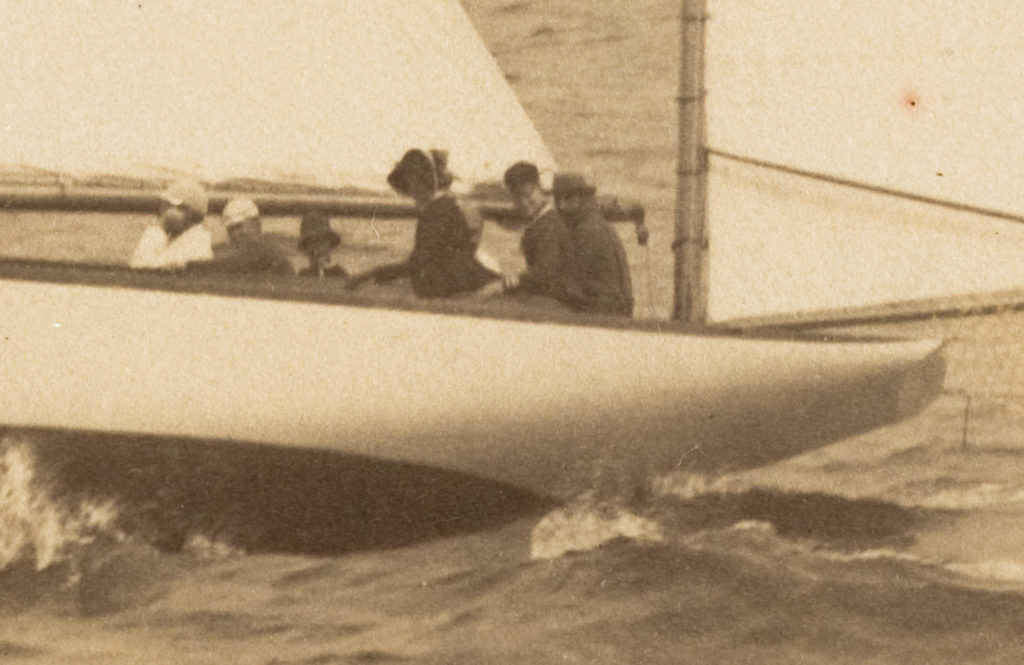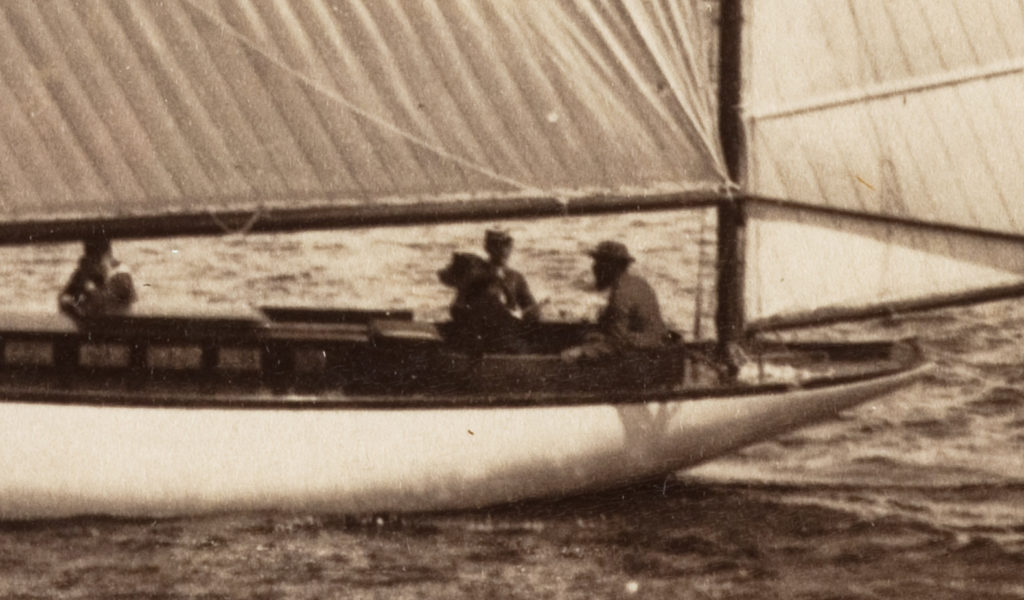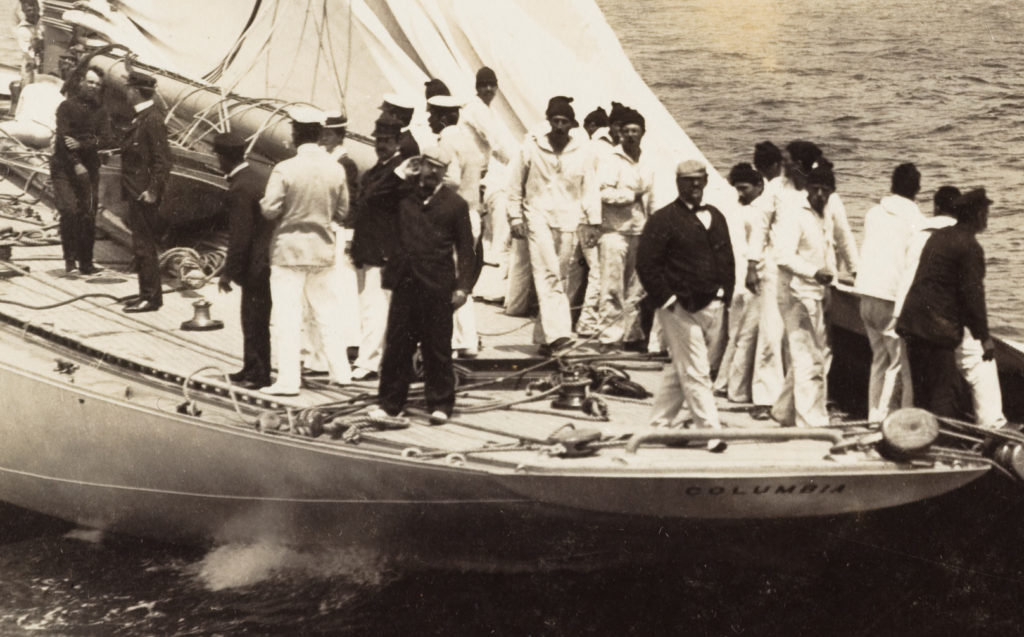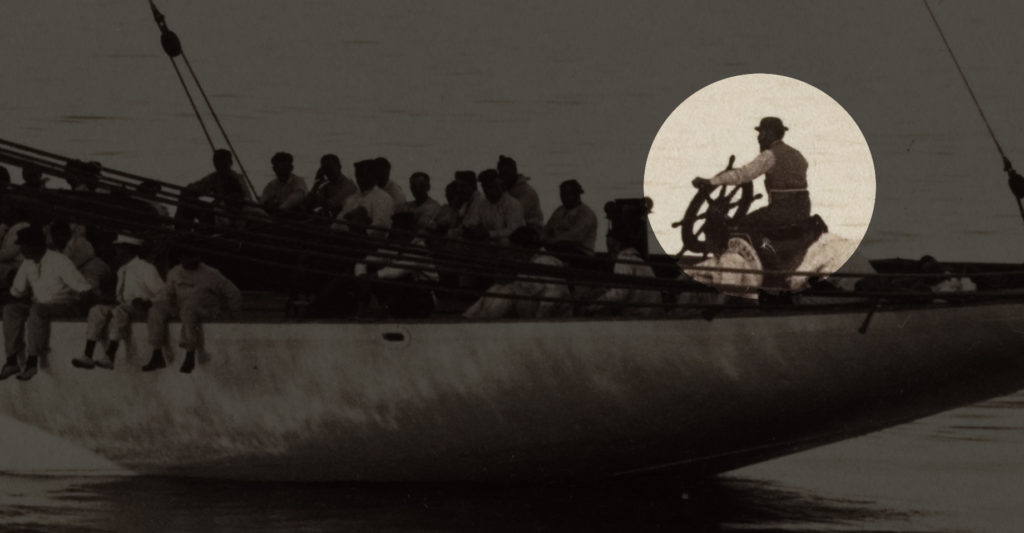April 23, 2020
The Nathaniel L. Stebbins Photographic Collection
Two Nathaniels and several hundred photos make for one extraordinary digital archive, featuring commentary by friends of HMM
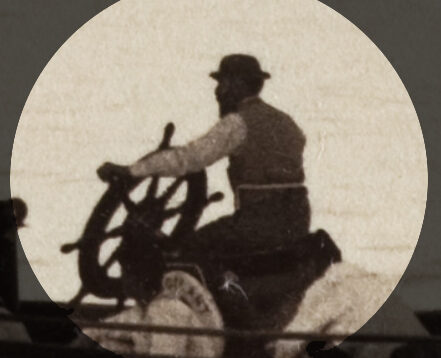
by Maynard Bray
Two Nathaniels (Stebbins and Herreshoff) were born within a year of each other in 1847 and 1848. Stebbins began taking photos in 1884, only five years after the brothers Herreshoff had established the Herreshoff Manufacturing Company. For 37 years between then and the end of Stebbins’s life he took many photos that show Herreshoff yachts — of which some 450 survive — creating what may be the most extensive visual history of early Herreshoff creations to be found anywhere.
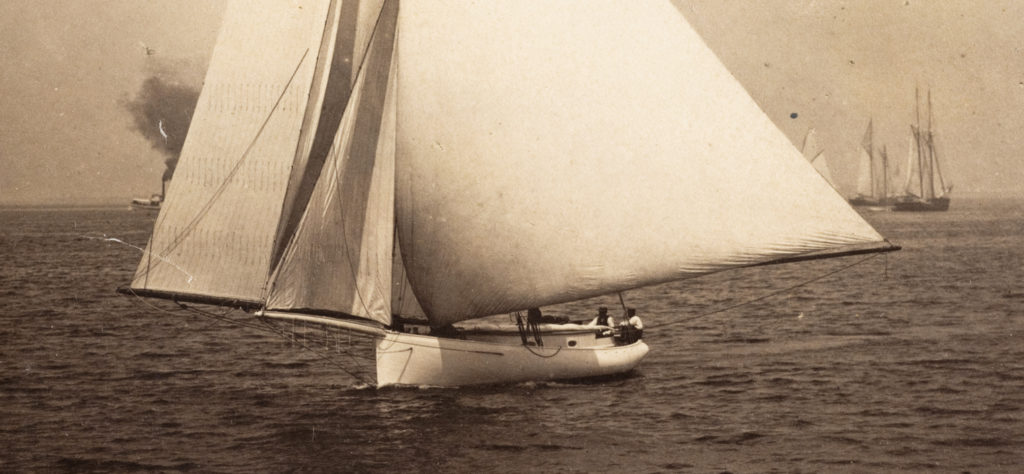
You don’t have to travel or pay to view these treasures; you can see every one of them on your computer at home. Historic New England (HNE) scanned all of its Stebbins images (6,700 prints and 2,500 negatives) and has since published them online in high resolution. The collection is one of the very finest and most convenient visual yachting resources of the era available to us online today.
The creators of the wonderful online Herreshoff Catalogue Raisonné (HCR) have identified all the HNE/Stebbins images of Herreshoff boats and arranged them for viewing either by HMCo. hull number or by the date Stebbins snapped his shutter. The HCR's additional annotations pin down many of the racing events that brought out the boats.
Click here to view Stebbins / Herreshoff images ordered by date taken,
Or click here to view Stebbins / Herreshoff arranged by HMCo. hull number.
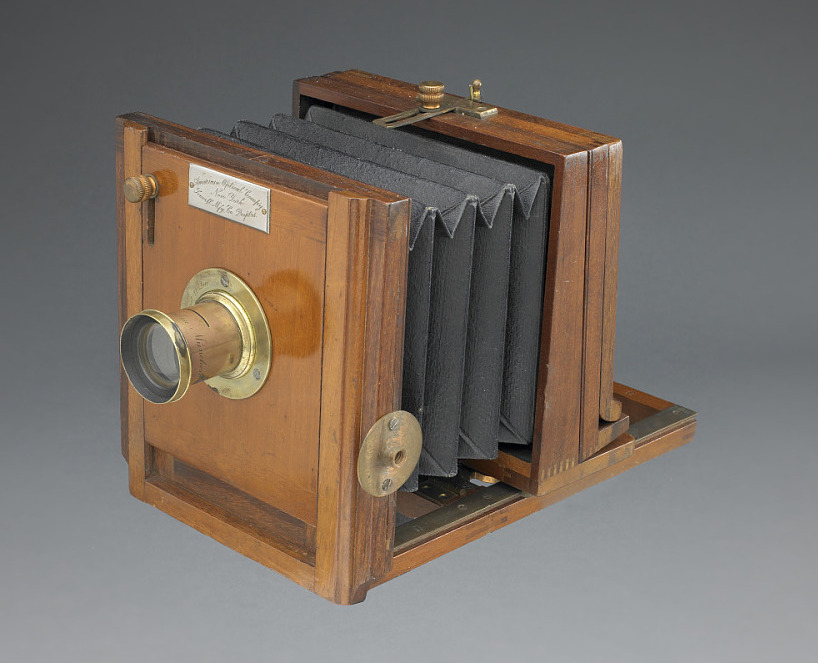
These galleries make navigation through the Herreshoff material (separate from the entire Stebbins collection on the HNE site) wonderfully convenient. Once on the HCR index page, clicking on the photos themselves will take you to Historic New England's website for viewing each one in high-resolution. Alternatively, if you click on the highlighted numeral you’ll be taken to the HCR where you can learn all about whichever boat is in the photo.
Some of these photos are among the very first taken of moving boats on open water --- made possible only in the early 1880s by the commercial availability of gelatin dry plates which allowed the taking of multiple photographs outside the studio without immediate processing. The technology was not yet advanced and the optics are not perfect, but these weaknesses were often more than offset by the large format of the photographic plates. (Stebbins used 8x10- inch glass plates that are more than 50 times larger in area than the negatives of modern film cameras.)
Stebbins's daughter Katharine Stevens biographical notes provided to Historic New England in the 1970s help us better understand the challenges of early yachting photography: "In order to be in touch with yachtsmen and yachting events, he [Stebbins] had for some years a sturdy 40-foot sloop. One year he had a yawl, and another season he chartered a steam yacht. For big races, where he had to maneuver quickly, he would charter a tug. Cameras in those days were large, heavy things, and a box of glass plates in their holders was heavier. He sometimes had a boy to help carry them to the wharf, but I can still see his rather small, spry figure balancing by the rail in the heaving bow of the boat, while he lifted the great camera to get his shot. Of course we held our breaths, for he couldn't swim a stroke..."
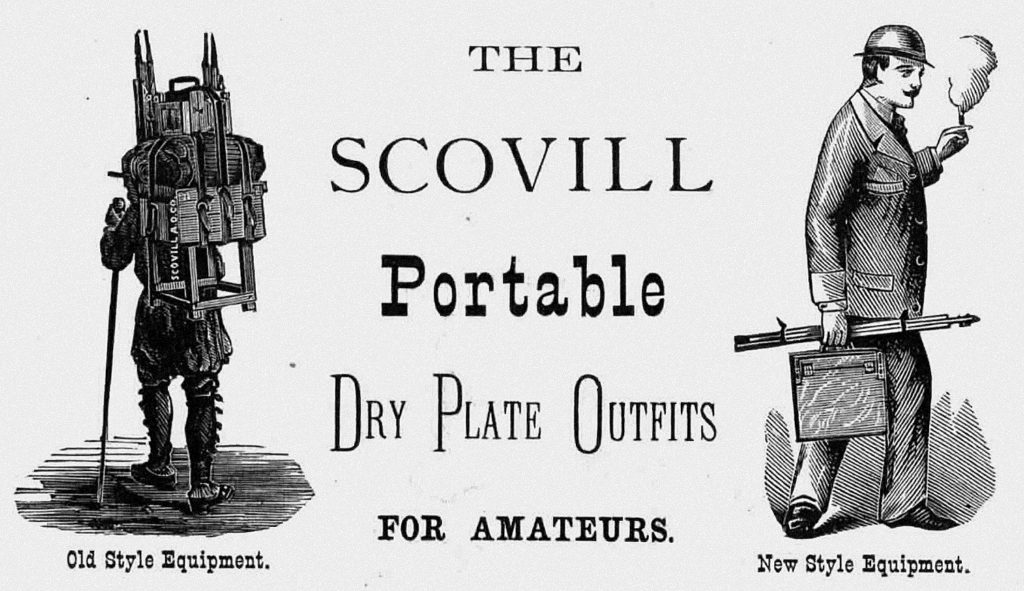
In the second half of the 1880s Stebbins published two large-format photogravure books of yachts and some of these photos display more detail when viewed with a magnifying glass than you can see in any of today’s printed photo books! Thus, when viewing these Herreshoff photos, do take the time to zoom in all the way and explore them in detail. You will discover bronze pulley blocks gleaming from their daily polishing, ladies in long white dresses and fashionable hats onboard America's Cup yachts, wicker chairs on steam yachts, and often, the stooped, bearded figure of N. G. Herreshoff himself on the deck or at the wheel of a yacht he'd designed and HMCo. had built. A caption often points out these details, but much is left to be discovered by you.
This is an incredible resource for anyone interested in what HMCo.’s boats looked like combined with their early history. The legendary sloop SHADOW starts off the series with several photos of racing in 1884 when she was 14 years old and still winning. Stebbins’s final photos from 1921 (less than a year before his death) show a windy race off Marblehead in which S-boats were struggling to get around the course. In between you see legendary Cup Defenders, steam yachts, and steel schooners—and a whole lot more!
Maynard Bray is coauthor - along with Claas van der Linde - of the book "Herreshoff - American Masterpieces"

